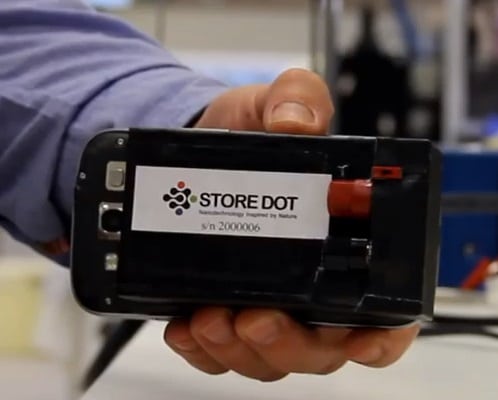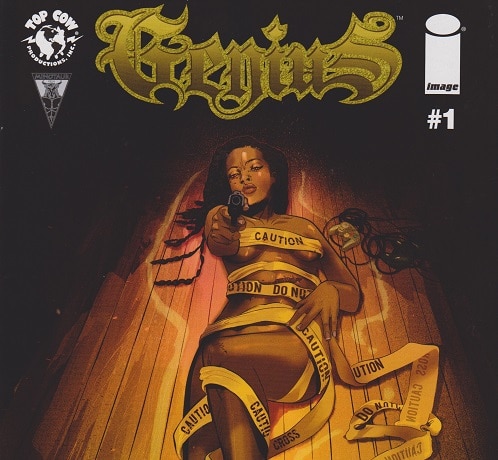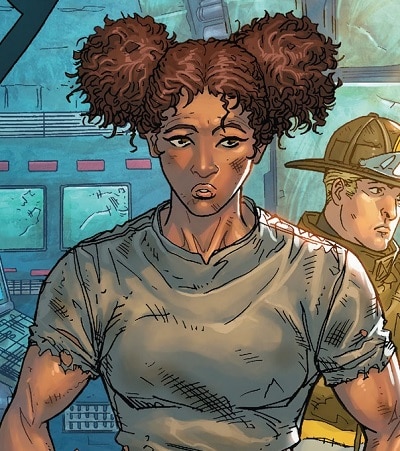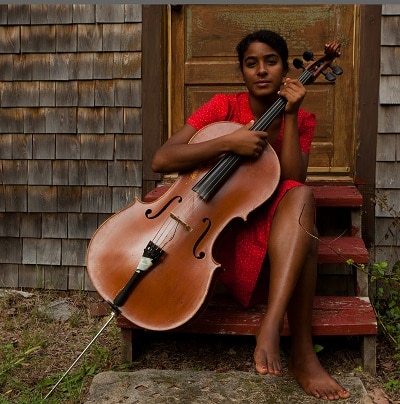A team of researchers that are countries apart may have moved the world one small step closer to direct brain-to-brain communication, although some experts are skeptical about the alleged scientific breakthrough.
One of the main criticisms of the digitally obsessed generation is the inability for people to put down their cellphones and take a break from texting, sharing and otherwise communicating through their mobile devices.
Well, researchers may have unlocked the secret to direct brain communication that would allow people to “text” in a sense just by thinking and allowing that message to enter the intended receiver’s brain.
It’s an incredibly interesting concept that also comes with a reasonable share of concerns.
Giulio Ruffini, one of the researchers on the project and the CEO of Starlab in Barcelona, said the experiments were merely a proof of concept, but the implications of the research could be much greater.
While some reports indicated that the team of researchers managed to send actual words and thoughts from one person’s brain to the other, the researchers say that isn’t the case – although they hope their research has managed to lay the groundwork for such technologies in the future.
What their experiment did accomplish, however, was the ability to record brainwaves and send these brainwaves to another study participant in another country.
One subject in Kerala, India, was “fitted with a brain-computer interface that records brainwaves through the scalp,” the BBC reported.
The subject was then asked to imagine moving their hands or feet.
Depending on which body part the subject imagined moving, a zero or one would be recorded and the message would be transmitted using flashes of light.
The receiver, miles away in Strasbourg, France, was connected to a TMS robot and would then see flashes of light whenever the first participant imagined moving his hands.
Eventually, the researchers attempted to send more meaningful messages by associating certain strings of zeros and ones with actual words.
This was just as successful and an accomplishment that researchers said was extremely exciting.
Not everybody was as enthused by the study, however.
One scientist told IEEE Spectrum that the work seemed more like a “stunt” presenting no new observations or information.
This is a direct contradiction to Ruffini’s claim that the experiment was a “bit of a historical moment.”
It certainly isn’t the first successful experiment of its kind.
Last year, a team at Harvard managed to send messages from a man’s brain to a rat and another team at the University of Washington created a complex brain-to-brain interface where the sender was actually able to control some of the receiver’s motor cortex.
It is important to note, however, that Ruffini’s experiment was the first one to involve participants in two different countries.
Either way, Ruffini is just hopeful that such experiments can one day allow people to send “verbal communications” directly to another person’s brain.
Of course, with so many major hacks taking down huge companies and targeting millions of people, there are concerns that technology isn’t nearly secure enough to allow such an advancement to happen without major risks.
Being able to hack into someone’s bank account is dangerous enough, but the ability to hack into someone’s brain could be detrimental.
Researchers do remind consumers, however, that the ability to send direct brain-to-brain messages is still many decades away.
















